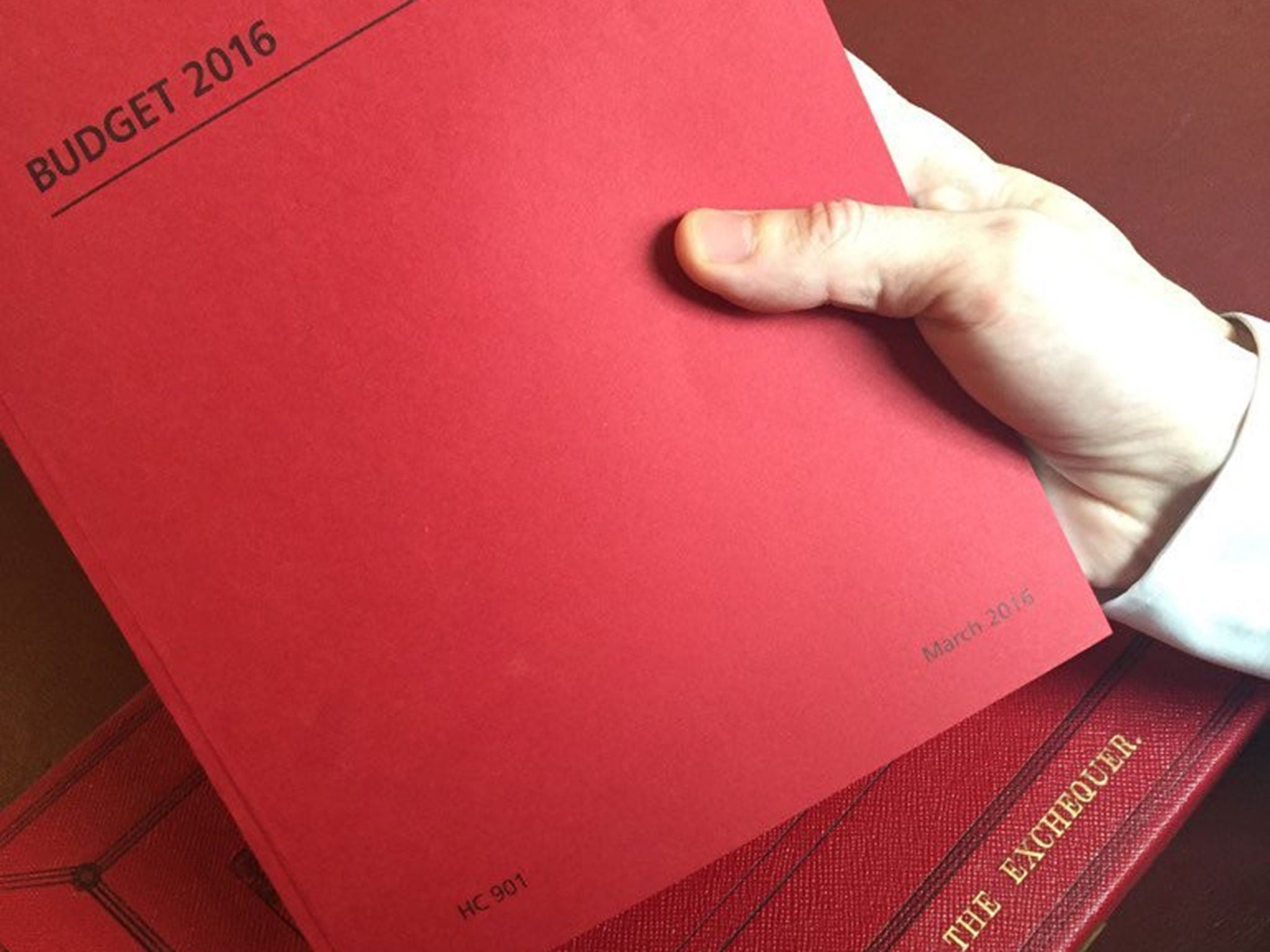So was that Budget as economically gloomy as we had been led to fear?
If anything it was more gloomy. The Chancellor had, of course, got his spin in early, warning weeks ago of a “dangerous cocktail” of global economic threats to the UK and admitting that he would have to make further spending cuts. But the Office for Budget Responsibility, which provides forecasts for the Treasury, was unusually pessimistic. It slashed its forecast for potential productivity growth for the domestic UK economy significantly from its forecast in last November.
This refers to the amount of output that the UK’s entire workforce can produce before generating excessive inflation. Lower productivity growth means lower GDP growth, which is also downgraded every year until 2020. Average growth is not 2.1 per cent a year, rather than 2.4 per cent a year. Lower GDP growth (especially nominal, or cash, GDP growth) also means lower tax revenues. And lower tax revenues mean that the deficit does not come down as quickly – at least unless the Government takes more corrective action.
So what does this mean for the Chancellor’s fiscal targets?
It depends which one you mean. There are three. First there is the target of running an overall budget surplus by 2019-20 and every year thereafter. Second there is the target of having the national debt falling of a share of GDP in 2015-16 and every year after. Third, there is the “welfare cap”, which means spending on a certain portion of the welfare budget must not be above a certain pre-ordained cash level each year.
So how about the debt one?
It’s been breached. The OBR says that the debt-to-GDP ratio will now rise to 83.7 per cent of GDP in 2015-16, up from 83.3 per cent in 2014-15. It will fall every year thereafter, but that doesn’t rescue the target. The welfare target is also breached. The cap in 2016-17 was set at £115.2bn. But instead the OBR expects it to come in at £119.8bn. It also thinks the cap will be breached over the next five years. Osborne did not specifically recognise the embarrassing fact that these targets will be missed in his speech to the House of Commons.
What about the surplus target? He’s hitting that, isn’t he?
True. The OBR is projecting a £10bn overall surplus in 2019-20, exactly the same as it was projecting last November. But what’s interesting is how this is achieved. The OBR said that if the Chancellor had done nothing in this Budget there would have been a £3.3bn deficit in 2019-20 and all three of his targets would have been missed. He’s turned it into a surplus through a handful of measures such as a “net tax increase” of £6.3bn and more cuts to departmental spending in that year. A £1.2bn chunk of the improvement is to come from clamping down on personal tax avoidance. The Chancellor is also effectively deciding not to compensate Whitehall departments for making higher contributions to public sector pensions in that year.
Is this credible?
There are grounds for scepticism. The OBR says the tax avoidance clampdown revenues are of “very high” uncertainty. And more than half of the improvement in the public finances in 2019-20 seems to be accounting jiggery-pokery rather than anything substantive. Much of the tax increase is a retiming of when HMRC receives a big one-off increase in Corporation Tax. The Chancellor is shifting capital expenditure into previous years, meaning capital spending falls quite dramatically in 2019-20 and helps the public finances in that particular year.
Finally the OBR notes that £3.5bn of Whitehall spending reductions are “as-yet-unidentified” cuts. And there are another £8.1bn of unidentified cuts in 2020-21, too. This all looks like the tail of the Chancellor’s surplus chosen target is wagging the Budget dog. “The point of a fiscal rule is to boost credibility – meeting it only by the use of one-off accounting gimmicks entirely defeats the point”, commented Jonathan Portes of the National Institute for Economic and Social Research. Plus this plan would entail a significant dose of public sector austerity and tax increases immediately ahead of the next general election. Many have suggested the Chancellor is actually hoping the economic outlook is revised upwards by the OBR in the coming years so he never actually has to implement any of this additional austerity.
All this effort to hit a target? Is it worth it?
Many economists say not. One of the persistent criticisms of the target is that it does not make any allowances for state capital spending on roads, rail and other infrastructure, which pays for itself in the long-term by increasing the productive capacity of the economy.
“The fiscal target should be on balancing the books on current spending over the business cycle – just as it was when the Office for Budget Responsibility was first set up in 2010. Otherwise there will always be too much pressure to under-fund public investment,” said John Van Reenen of the London School of Economics.
State capital spending, known as public sector net investment, as a share of GDP is now set to fall to 1.5 per cent in 2019-20 down from 1.8 per cent of GDP this year. Then it bounces back to 1.9 per cent of GDP the following year.
There is no economic rationale for putting capital expenditure on such a rollercoaster.
Subscribe to Independent Premium to bookmark this article
Want to bookmark your favourite articles and stories to read or reference later? Start your Independent Premium subscription today.


Join our commenting forum
Join thought-provoking conversations, follow other Independent readers and see their replies